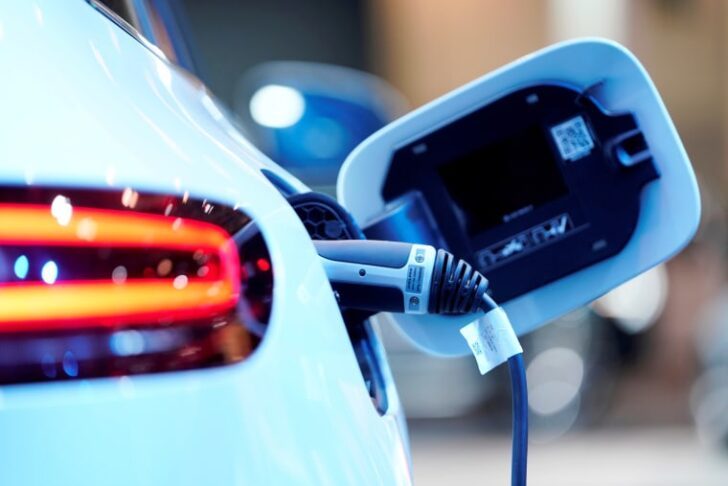The highways in the United States are going to get a lot quieter.
President Biden issued a non-binding executive order Friday mandating that half of all new automobiles sold in the United States by 2030 be all-electric, plug-in hybrid, or hydrogen-powered. Simultaneously, the Environmental Protection Agency recommended stricter fuel-efficiency rules for automobiles, reversing a Trump-era directive that reduced them.
What’s at stake: It’s like the government mandating McDonald’s and Chick-fil-A that in nine years, they must convert half of their sales to vegetarian burgers. Electric vehicle production necessitates massive expenditures and acceptance from automakers, who must replace the heart of their vehicles with totally new technologies.
According to projections from consulting company AlixPartners, the sector would invest $330 billion on electrification by 2025.
They are not, however, doing so unwillingly.
For example, during Biden’s address, the CEOs of the country’s three major automakers were there.
Automakers vowed to make electric car sales 40%–50% of total sales by 2030 in a show of support for the White House – provided the government assists them with customer incentives and the establishment of a countrywide charging network.
Still, the United States lags behind the rest of the world in terms of electric vehicle adoption:
Electric vehicles account for just 2% of new automobile sales in the United States, compared to 6.1% in China and 9.9% in Europe.
Furthermore, Biden’s directive is less stringent than those issued by other countries. By 2035, the EU has virtually prohibited the sale of new gas-powered cars.
What is the aim of it all? Climate change is the existential threat that scientists like to refer to. Biden’s aim is to reduce emissions by 50% below 2005 levels by the end of the decade, and he’s focusing on transportation, which accounts for 29% of total US emissions.

